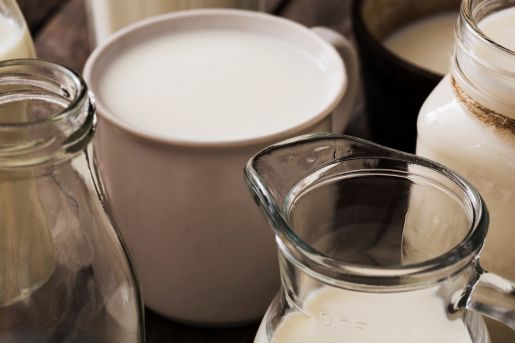735

In the dairy industry, the unit processing cost (€/liter) is influenced by several operational factors: the price of raw material, energy efficiency, the level of automation, the performance of processing lines, and technological losses. A medium-sized plant in Romania processes between 30,000 and 100,000 liters of milk daily, requiring HTST pasteurization equipment, CIP systems, and modern homogenization units.
Cost reduction begins with the analysis of critical parameters: electricity consumption (kWh/ton), water consumption (liters/liter processed), flow losses (as % of input volume), and line wear. The implementation of SCADA solutions for real-time process monitoring can lead to reductions of 8–15% in technological losses.
An efficient example is the shift from traditional packaging (PET or glass) to multilayer carton packaging (TetraPak), which reduces logistics costs and offers extended shelf life without refrigeration. In addition, cogeneration with biogas or photovoltaic panels installed on production halls generates savings of 20–30% in electricity costs during the warm season.
According to MADR data, of the approximately 280 veterinary-authorized units in the dairy sector, less than 40% have fully automated production lines. Accessing funds through PNDR, AFIR, or PNRR is essential for retechnologization, especially for plants processing under 50,000 liters/day.
The implementation of traceability systems (ERP + QR codes) and IFS/ISO 22000 certifications not only optimizes quality control but is also a necessary condition for access to modern retail or export markets. Economic efficiency thus becomes closely linked to technological and documentary compliance.
(Photo: Freepik)




